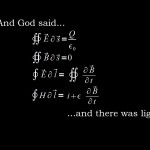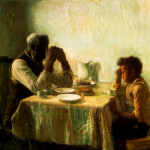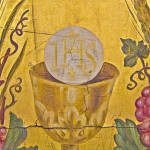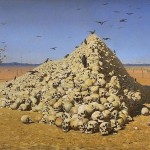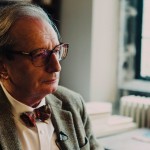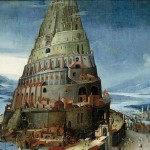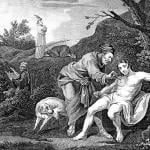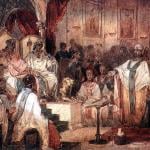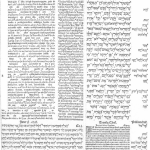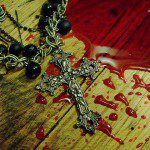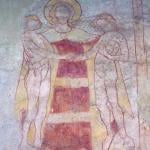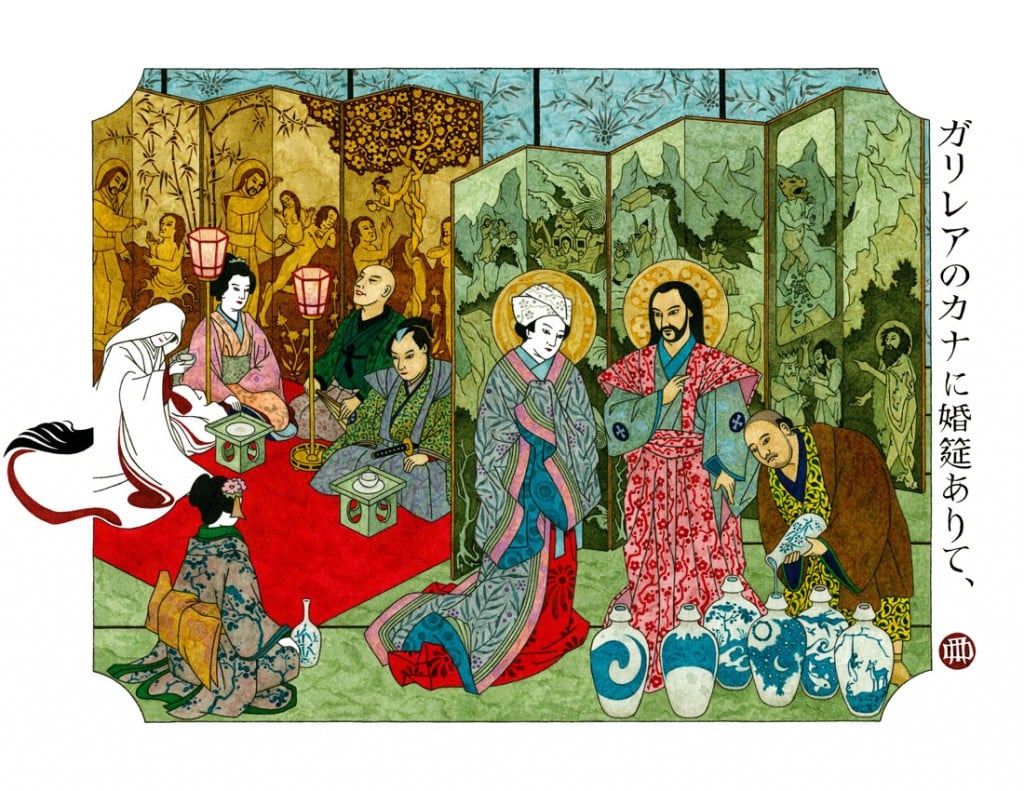
Some time ago I started a series of topical TOP10 lists. I got as far as doing two (one on philosophy and one on novels) before I temporarily ran out of steam. The kettle is back on the stove today.
Several people have asked me about books to read in Catholic Studies (CS–not Lewis), so I’m compiling a list with publisher blurbs, their titles linked, and covers here today. You might also want to look at the nearly comprehensive reader: Catholic Spirit: An Anthology for Discovering Faith Through Literature, Art, Film, and Music.
Many of the books on this list capitalize upon the difference between a Catholic (analogical) imagination and a Protestant (dialectical) imagination. In a nutshell: an analogical imagination stresses the analogies between God and world, while a dialectical imagination stresses the radical difference between God and the world.
Follow the links above for more detailed discussions of these imaginations and read the books below to get the full story.
I should add: Catholic Studies glories in Catholicism through the rich reality of its cultural achievements (novels, art, film, poetry, philosophy, a bit of sociology, and so on) rather than only through dry academic theology (although CS does use some of the wetter academic theology). I’d say this discipline is somewhere between a kneeling and standing theology.
There are several CS programs out there offering undergraduate and graduate-level degrees. It’s a growth industry for Catholic colleges and universities. One of these programs might be coming to a Loyola, Bellarmine, Notre Dame, or Gonzaga near you.
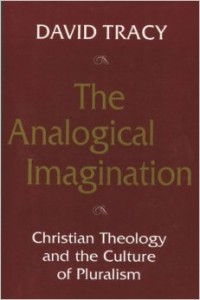
1) Granddaddy of Them All: The Analogical Imagination by David Tracy
“An essential addition to any serious theological library. David Tracy introduces his influential concept of the ‘classic,’ as well as his idea of the difference between analogical and other ways of viewing the life of faith. He looks at the culture of pluralism, examining the main differences in the world’s theological doctrines.”

2) CliffsNotes to the Grandaddy w/ Sociological Data & Pictures: The Catholic Imagination by Andrew Greeley
“As he identifies and explores the fertile terrain of Catholic culture, Greeley illustrates the enduring power of particular stories, images, and orientations in shaping Catholics’ lived experience. He challenges a host of assumptions about who Catholics are and makes a strong case for the vitality of the culture today. The Catholic imagination is sustained and passed on in relationships, the home, and the community, Greeley shows. Absorbing, compassionate, and deeply informed, this book provides an entirely new perspective on the nature and role of religion in daily life for Catholics and non-Catholics alike.”
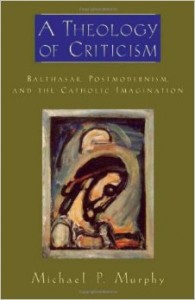
3) Cutting Edge of CS: A Theology of Criticism by Michael P. Murphy
“A number of critics and scholars argue for the notion of a distinctly Catholic variety of imagination, not as a matter of doctrine or even of belief, but rather as an artistic sensibility. They figure the blend of intellectual, emotional, spiritual and ethical assumptions that proceed from Catholic belief constitutes a vision of reality that necessarily informs the artist’s imaginative expression. The notion of a Catholic imagination, however, has lacked thematic and theological coherence. To articulate this intuition is to cross the problematic interdisciplinary borders between theology and literature; and, although scholars have developed useful methods for undertaking such interdisciplinary ‘border-crossings,’ relatively few have been devoted to a serious examination of the theological aesthetic upon which these other aesthetics might hinge.”
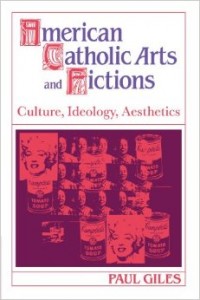
4) American Catholic Difference: American Catholic Arts and Fictions by Paul Giles
“Paul Giles describes how secular transformations of religious ideas have helped to shape the style and substance of works by American writers, filmmakers and artists from Catholic backgrounds such as Orestes Brownson, Theodore Dreiser, Mary McCarthy, Robert Mapplethorpe, Alfred Hitchcock and Robert Altman. The book also explores how Catholicism was represented and mythologized by other American writers. By highlighting the recurring themes and preoccupations of American Catholic fictions, Giles challenges many of the accepted ideas about the centrality of Romanticism to the American literary canon. He reconstructs the different social, historical, and philosophical contexts from which aesthetics in the “Catholic” tradition have emerged, and shows how these stand in an oblique relationship to the assumptions of the American Enlightenment.”
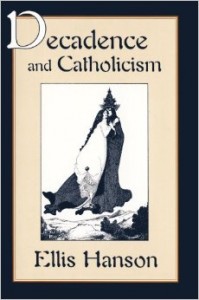
5) Rabelaisian Catholicism Studies: Decadence and Catholicism by Ellis Hanson
“Late-nineteenth-century aesthetes found in the Church a peculiar language that gave them a means of artistic and sexual expression. The brilliant cast of characters that parades through this book includes Oscar Wilde, Charles Baudelaire, J.-K. Huysmans, Walter Pater, and Paul Verlaine. Art for these writers was a mystical and erotic experience. In decadent Catholicism we can glimpse the beginnings of a postmodern valorization of perversity and performativity. Catholicism offered both the hysterical symptom and the last hope for paganism amid the dullness of Victorian puritanism and bourgeois materialism.”
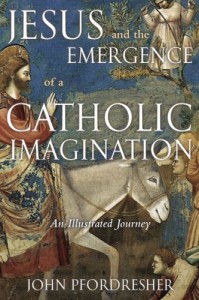
6) Deep Roots of CS: Jesus and the Emergence of a Catholic Imagination
“How did the ‘thought world’ of Jesus of Nazareth, a Jewish man living in Palestine 2,000 years ago, spawn the Catholic imagination and the immortal works of art to which it has given rise? In Jesus and the Emergence of a Catholic Imagination, John Pfordresher examines how Jesus’ own imagination worked, how he used imaginative strategies to teach, and how the Gospels initiated a tradition of Catholic narrative. He then studies the early historical development of the Catholic imagination by tracing the processes of creative invention and cultural adaptation that played out as Christianity spread first throughout the Mediterranean basin and later into northern Europe. Pfordresher brings his narrative to life by analyzing six major examples that span the period from the age of the apostles to the early ninth century.”
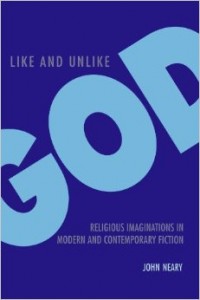
7) The Catholic Imagination Meets the Protestant Imagination: Like and Unlike God by John Neary
“This book provides a fresh and readable account of the literary and the religious. Drawing upon the work of David Tracy, Neary presents two ways of imagining the human relationship with the divine, the analogical and the dialogical imaginations. After an introductory look at the way in which the Christian theological tradition presents them, the book examines these imaginations and their complicated relationships within the works of two seminal modernist authors of fiction (Joseph Conrad and James Joyce), of a trio of Christian literary critics, and of several contemporary novelists who exemplify both traditional and postmodernist narrative forms (Anne Tyler, Muriel Spark, Thomas Pynchon, and D.J. Thomas).”

8) World-Changing: Theopolitical Imagination by William T. Cavanaugh
“A critique of modern Western civilization, including contemporary concerns of consumerism, capitalism, globalization, and poverty, from the perspective of a believing Catholic. Responding to Enlightenment and Postmodernist views of the social and economic realities of our time, Cavanaugh engages with contemporary concerns–consumerism, late capitalism, globalization, poverty–in a way reminiscent of Rowan Williams (Lost Icons), Nicholas Boyle (Who Are We Now?) and Michel de Certeau. ‘Consumption of the Eucharist,’ he argues, ‘consumes one into the narrative of the pilgrim City of God, whose reach extends beyond the global to embrace all times and places.’ He develops the theme of the Eucharist as the basis for Christian resistance to the violent disciplines of state, civil society and globalization.”
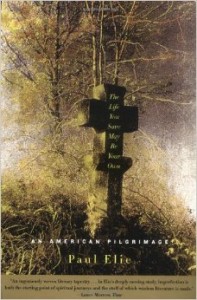
9) Mainstream Dominated by Papists: The Life You Save May Be Your Own by Paul Elie
“A pilgrimage is a journey taken in light of a story; and in The Life You Save May Be Your Own Paul Elie tells these writers’ story as a pilgrimage from the God-obsessed literary past of Dante and Dostoevsky out into the thrilling chaos of postwar American life. It is a story of how the Catholic faith, in their vision of things, took on forms the faithful could not have anticipated. And it is a story about the ways we look to great books and writers to help us make sense of our experience, about the power of literature to change-to save-our lives.”

10) Dat Title: Anti-Catholicism in America: The Last Acceptable Prejudice by Mark Massa
“One of the most important books in religion this year is a tour-de-force of new investigation, scholarly rigor, storytelling, and humor. In this authoritative work, Mark Massa, program director of Fordham University’s Center for American Catholic Studies, reveals how American Catholics’ distinctive way of viewing the world is constantly misunderstood by outsiders. This book tells the astonishing story of how a supposedly tolerant American culture has prejudged members of their largest religious group, and how the profound differences between Catholics and non-Catholics explain this animosity. Crossroad is pleased to present the paperback edition with major study guide. Chapters include: The Varieties of Anti-Catholicism in the United States; Do Catholics and Protestant See the World Differently?”
==================
Important Related Books: a) The Catholic Imagination in American Literature; b) Reformed Theology and Visual Culture: The Protestant Imagination from Calvin to Edwards; c) Arts of Wonder: Enchanting Secularity d) Afterimage: The Indelible Catholic Imagination of Six American Filmmakers; e) Graham Greene’s Catholic Imagination f) Christ and Apollo; g) Postmodern Heretics: Catholic Imagination in Contemporary Art
By the way, any of these would make a great Christmas present (wink, wink, nudge, nudge). For more gift ideas see: My previous TOP10 lists.
Everyone’s favorite American lapsed Catholic take it away! Do you hear how he cannot shake his Catholic imagination?

